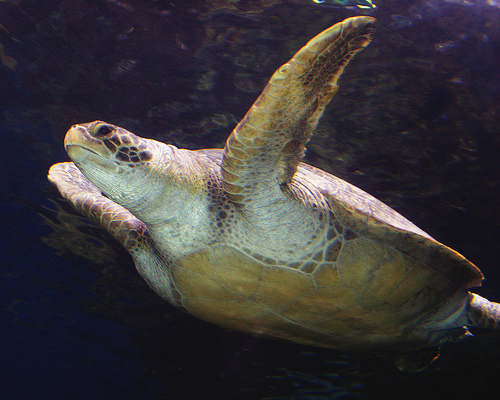
Ralphs
Discount tickets available at Ralphs for a limited time
Learn about the science and policies that help shape sustainable seafood discussions and solutions.
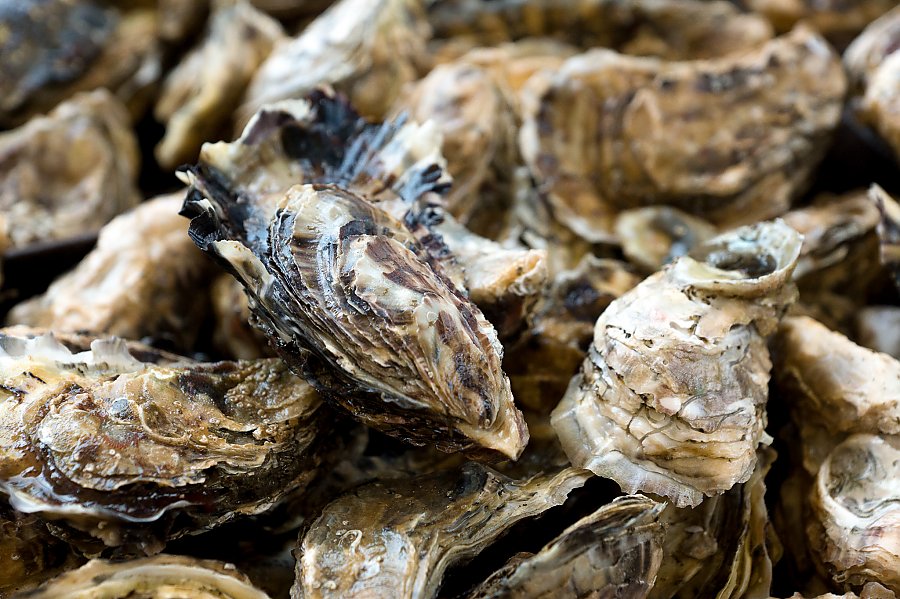
Credit: Jonathan McKay, Seafood for the Future
We’ve compiled a collection of content, from peer-reviewed papers to lectures and webpages, to help you build your knowledge and understanding of responsible seafood and its role in helping to meet the demands of a growing population in the changing climate.
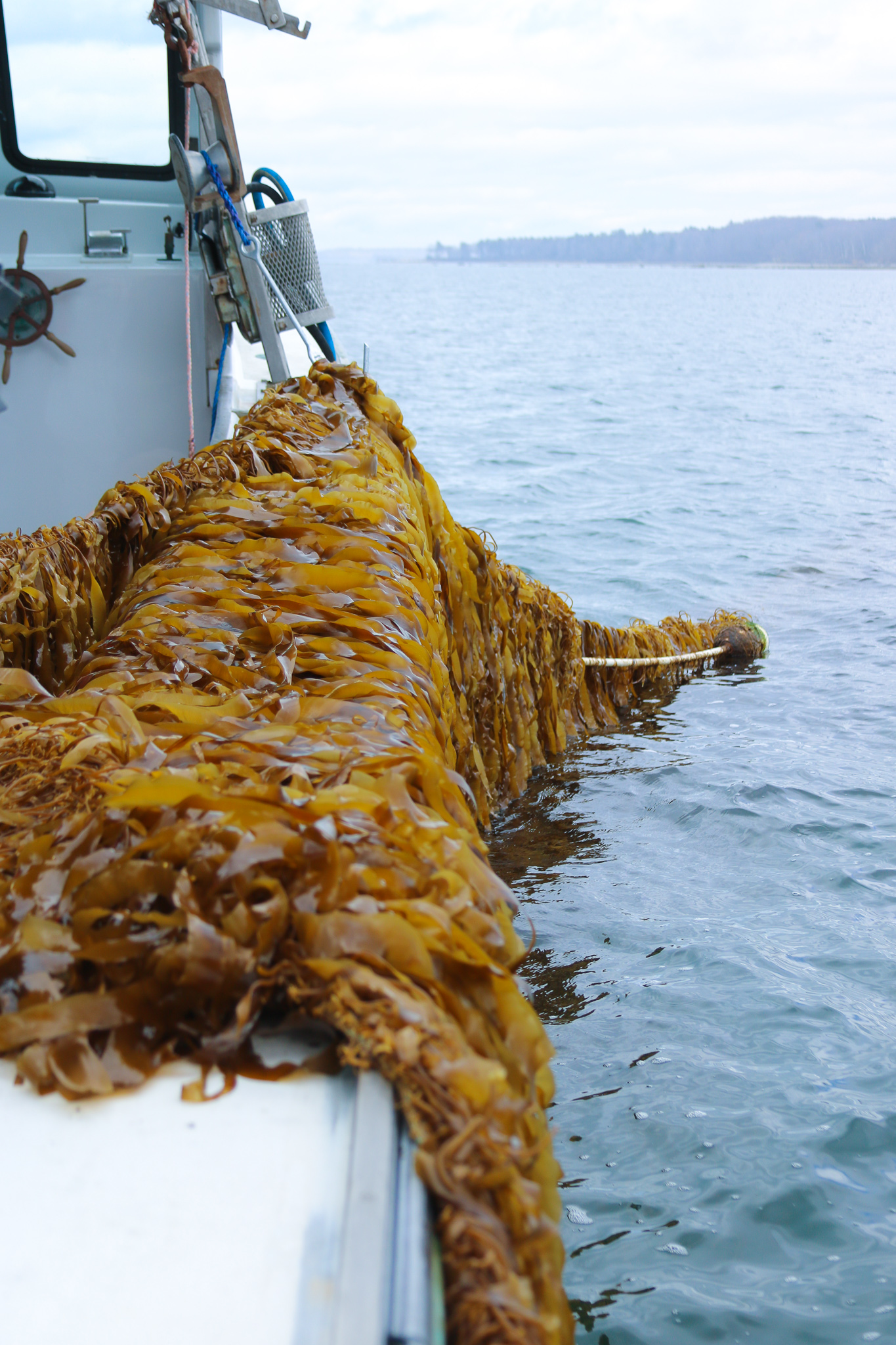
Credit: NOAA Fisheries
Climate change is already having significant impacts on our planet, including our food production systems. Responsible marine aquaculture can help support a more sustainable and resilient food supply, reduce greenhouse gas (GHG) emissions and the impacts of ocean acidification, and maintain and restore ecosystem services. Seafood producers, scientists, and conservation organizations are working to leverage the benefits of responsible marine aquaculture to make communities and economies more resilient to the impacts of climate change.
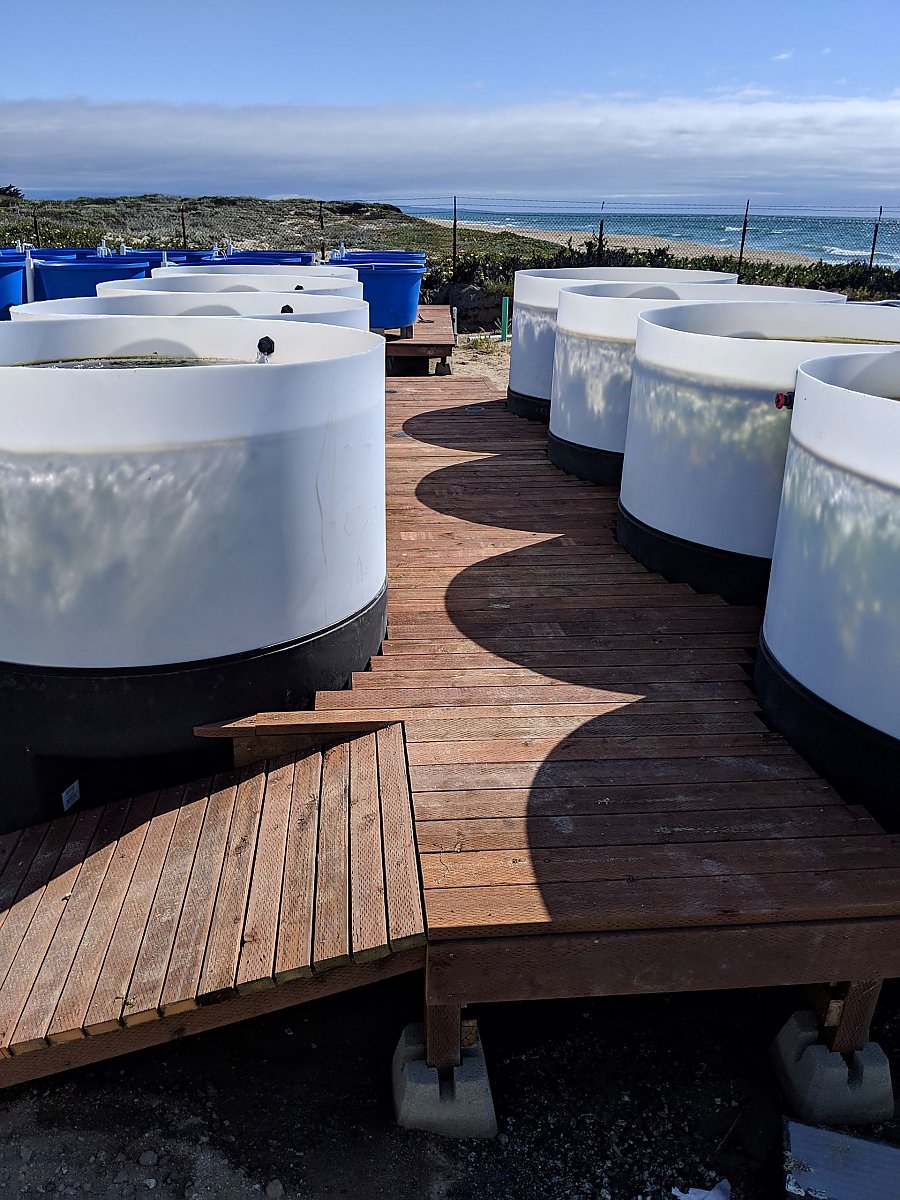
Credit: Michael Graham
Research shows the U.S. is one of the best places on the planet to support robust and diverse seafood production. The U.S. is a globally recognized leader in effective, science-based management of wild capture fisheries. It has the regulatory, technological, and ecological capacity to scale up seafood production responsibly, minimizing impacts while maximizing benefits to the environment and society.
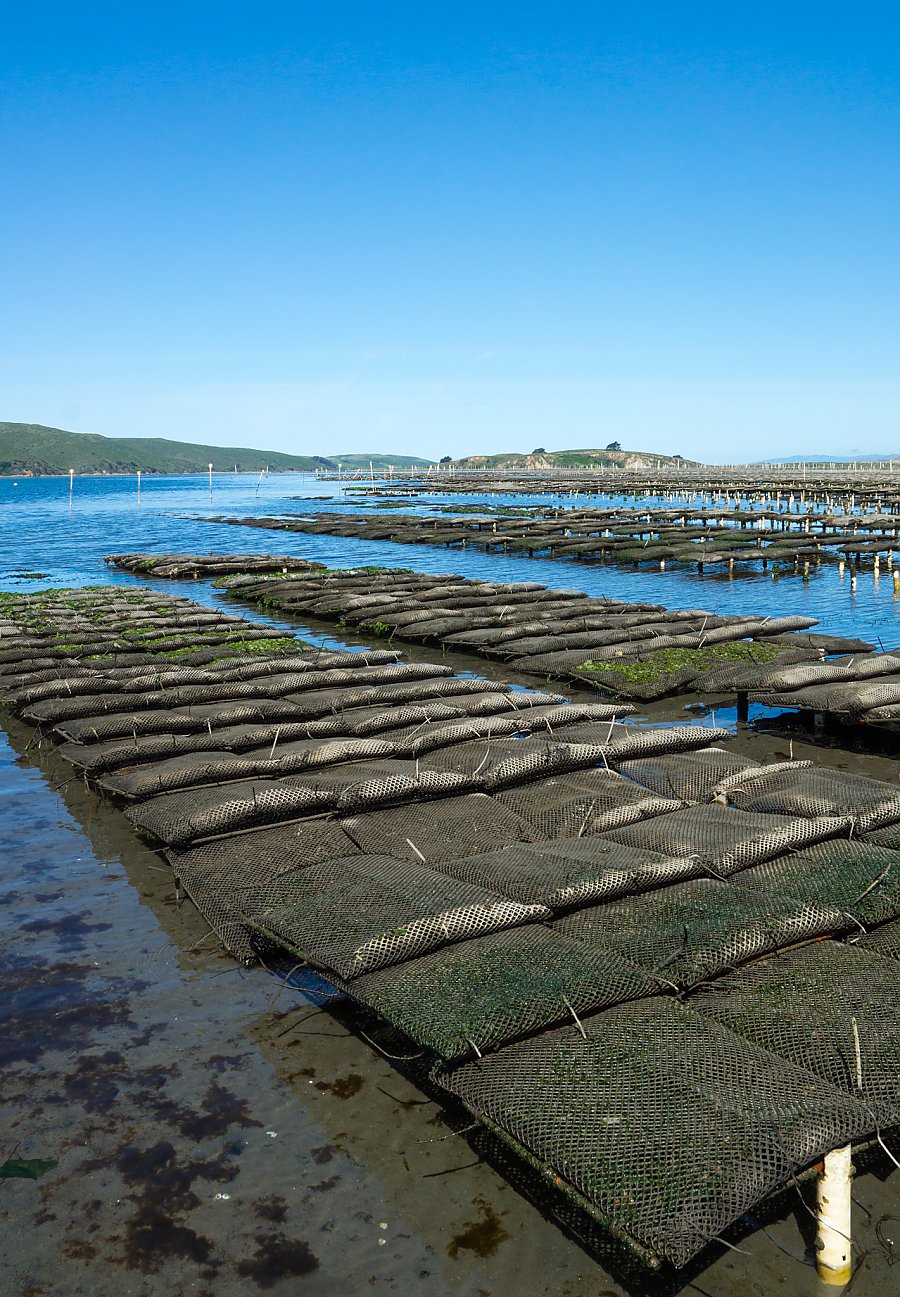
Credit: Hog Island Oyster Co.
Responsibly produced seafood from wild fisheries and marine aquaculture offers a number of environmental and ecosystem benefits. Seafood can be produced using less land and freshwater resources and lower greenhouse gas emissions per pound of protein than many other meat sources. It also supports a more resilient food supply in the changing climate, and in some cases healthy ecosystem function. Seaweed and shellfish aquaculture, for example, may help to clean the water and provide habitat for wildlife.
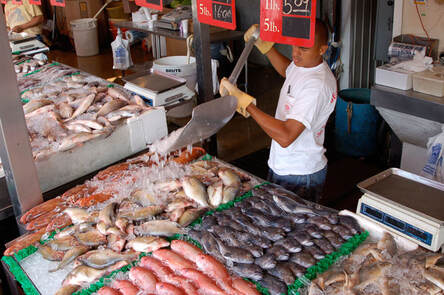
Credit: NOAA Fisheries
Due to the small amount of domestic marine aquaculture production, there is little data on the economic relationships between farmed and wild seafood in the market. Potential benefits to working waterfronts are highlighted in the form of stories and examples, but a lot more research in this area is needed to really understand these diverse and complex relationships.
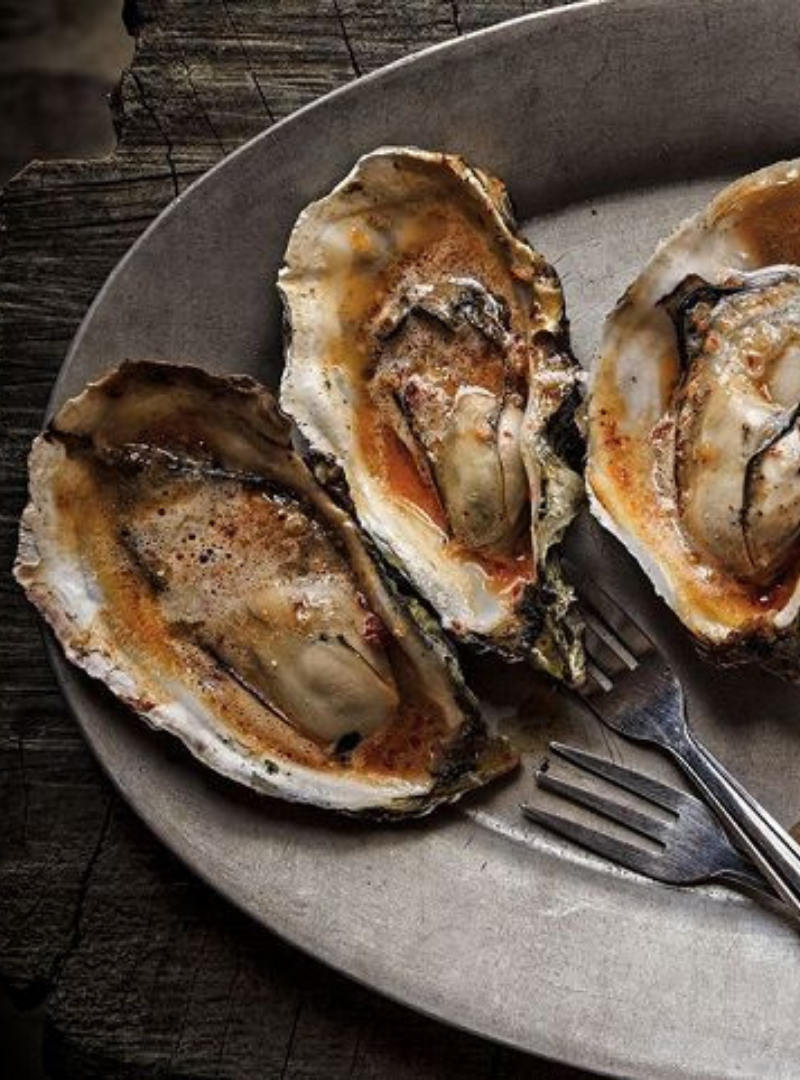
Credit: Hog Island Oyster Co.
Feeding the growing global population in the changing climate requires innovative solutions. Responsible marine aquaculture can complement food production from well-managed wild fisheries, freshwater aquaculture, and land-based agriculture to maximize benefits and reduce impacts to society and the environment. Among these benefits is providing more resilience to climate-related shocks, such as fires, floods, and drought. Seafood is also one of the most nutritious foods on the planet and can help support food and nutritional security, particularly in island nations.
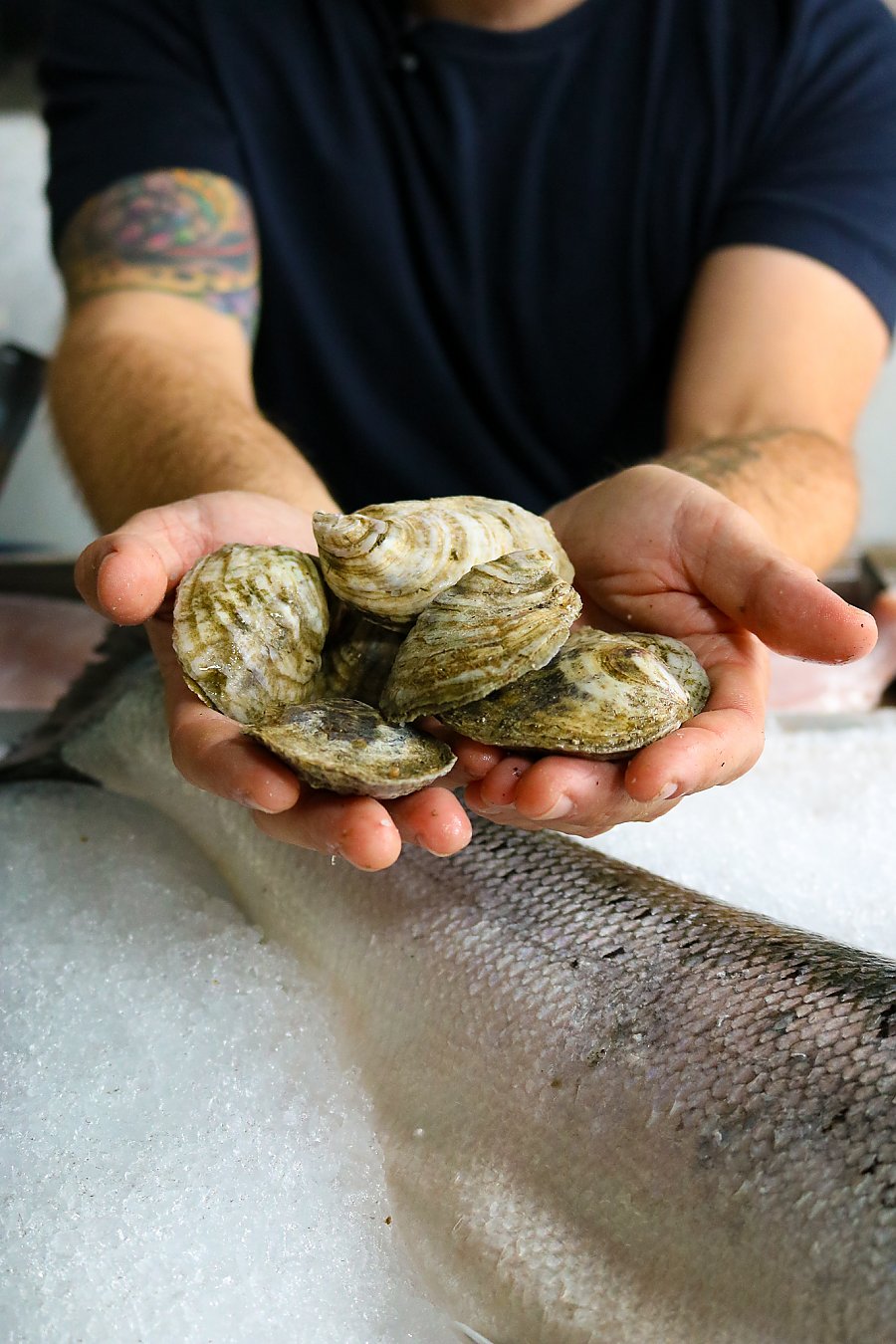
Credit: NOAA Fisheries
Marine aquaculture has great potential to complement well-managed agriculture and fisheries to support a more sustainable and resilient food future. Unfortunately, growth and development of the sector is negligible in the U.S., despite the fact that it is among the countries with the highest meat consumption and greenhouse gas emissions. The U.S. has the regulatory, ecological, and economic capacity to support responsible marine aquaculture growth. The primary barriers are lack of a cohesive permitting framework (see policy section) and public disapproval.
Pressure from the public can prevent new farms from getting permits or even shut down operating farms. Responsible development can only happen with transparent processes that allow the public to participate in discussion about proposed projects. However, public disapproval that is based on information that is out of date or out of context can also have unintended consequences in the form of lost opportunities for projects that could provide benefits to society and the environment.
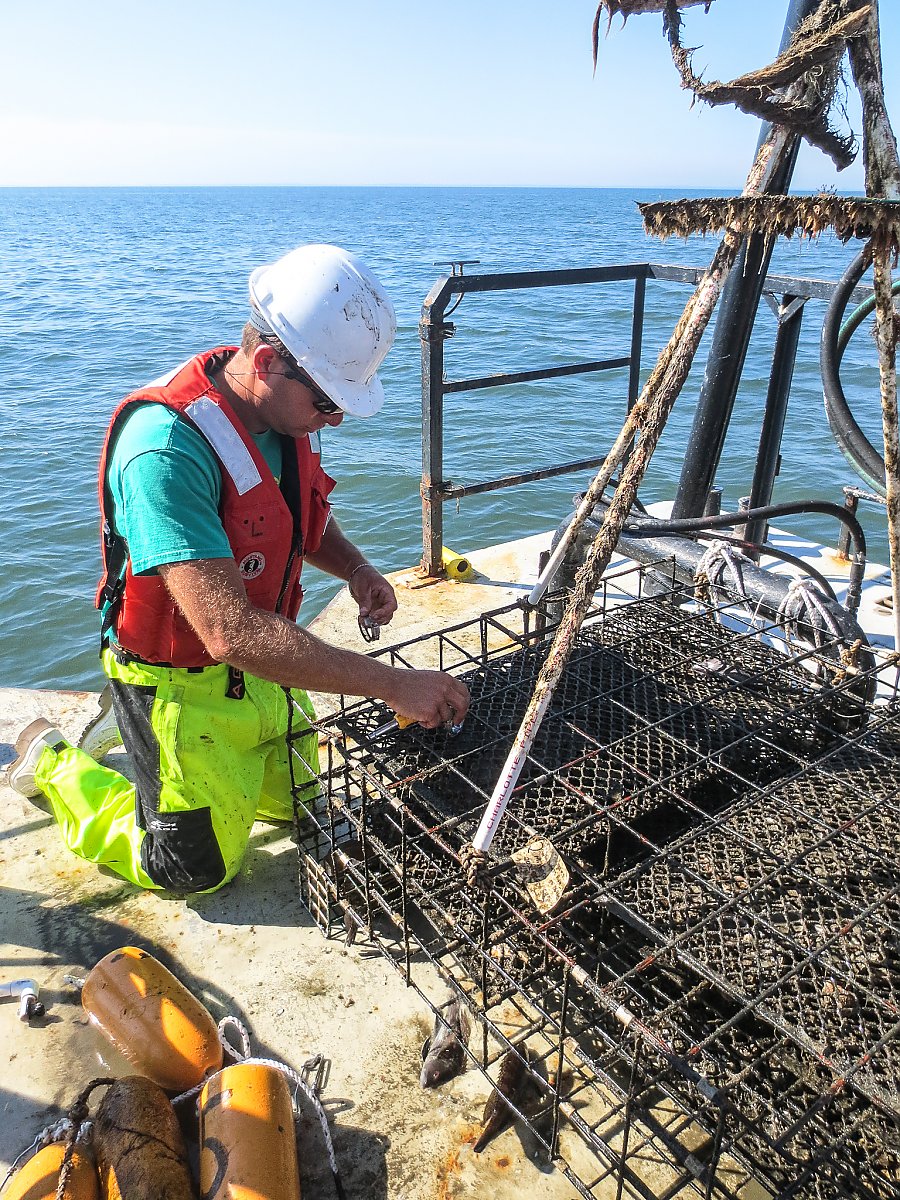
Credit: NOAA Fisheries
As with any human activity in the U.S., seafood is regulated by a suite of regulations to protect the environment and human health. These regulations have contributed to improved environmental quality in the U.S. since they were established. The foundation for effective management of marine aquaculture in domestic waters already exists. What is missing is a mechanism to support a more cohesive and consistent approach to implementing these regulations among the many different agencies involved in permitting farms.
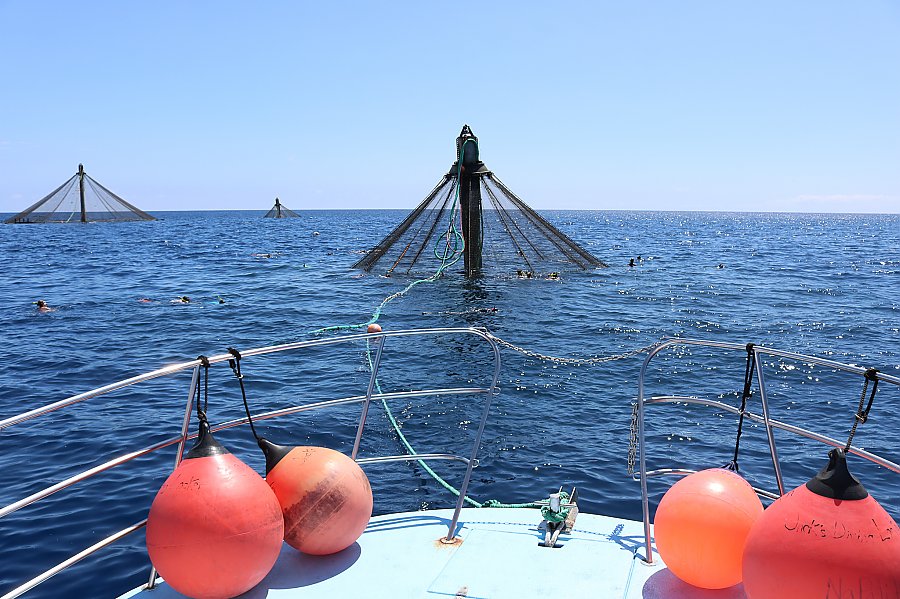
Credit: NOAA Fisheries
Selecting the location for a farm is essential to developing responsible marine aquaculture operations that support healthy ecosystems and economies. Through the use of marine spatial planning (MSP), it is possible to identify optimal locations for aquaculture sites and determine which species, quantities, and farming gear types are appropriate for a specific location. These tools can help decision makers identify optimal locations for seafood farming to maximize environmental and economic benefits while reducing risks to local ecosystems and wildlife.
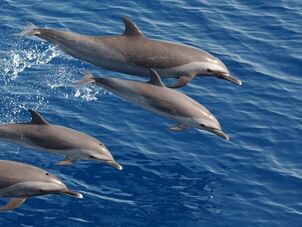
Credit: NOAA Fisheries
Interactions between wildlife and production activities on land and in the ocean do occur and occasionally result in mortality. Fishing and aquaculture are no exception. It is important to understand the risk and nature of interactions between marine animals and fisheries and aquaculture gear. This information can help ensure we can produce more seafood responsibly to meet the food and nutrition demands of the growing population, while also minimizing risk to local wildlife.

Discount tickets available at Ralphs for a limited time